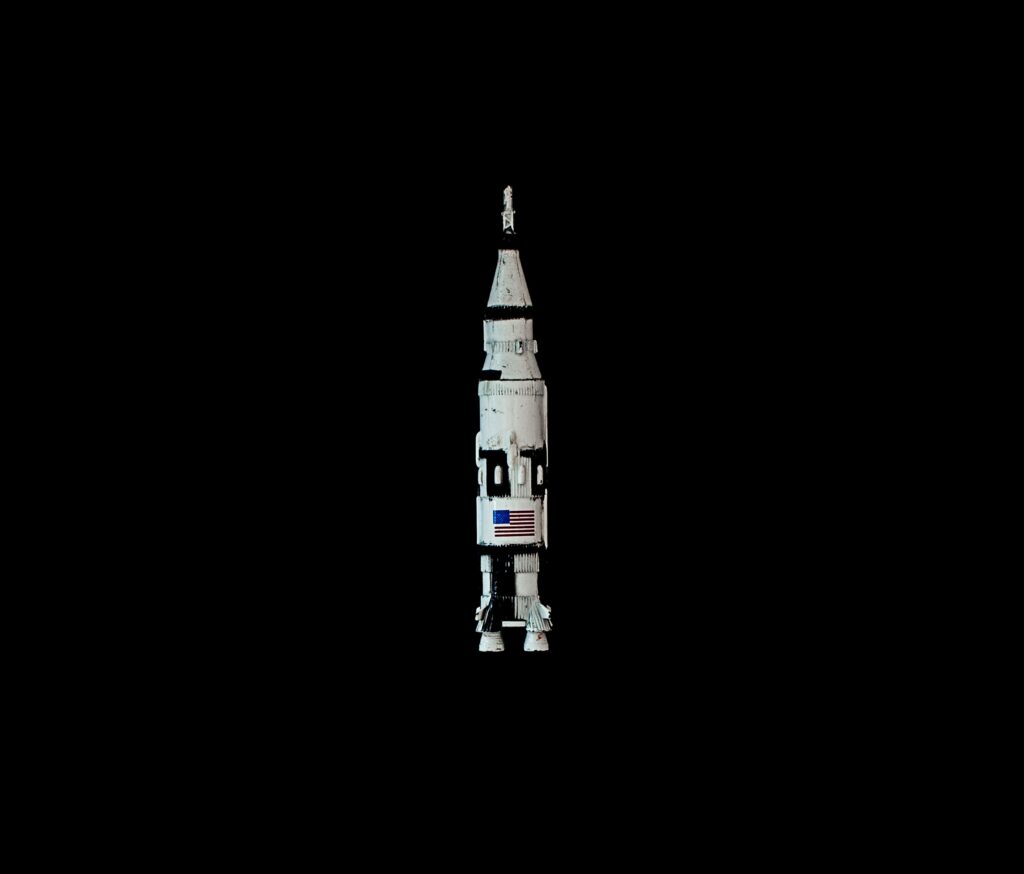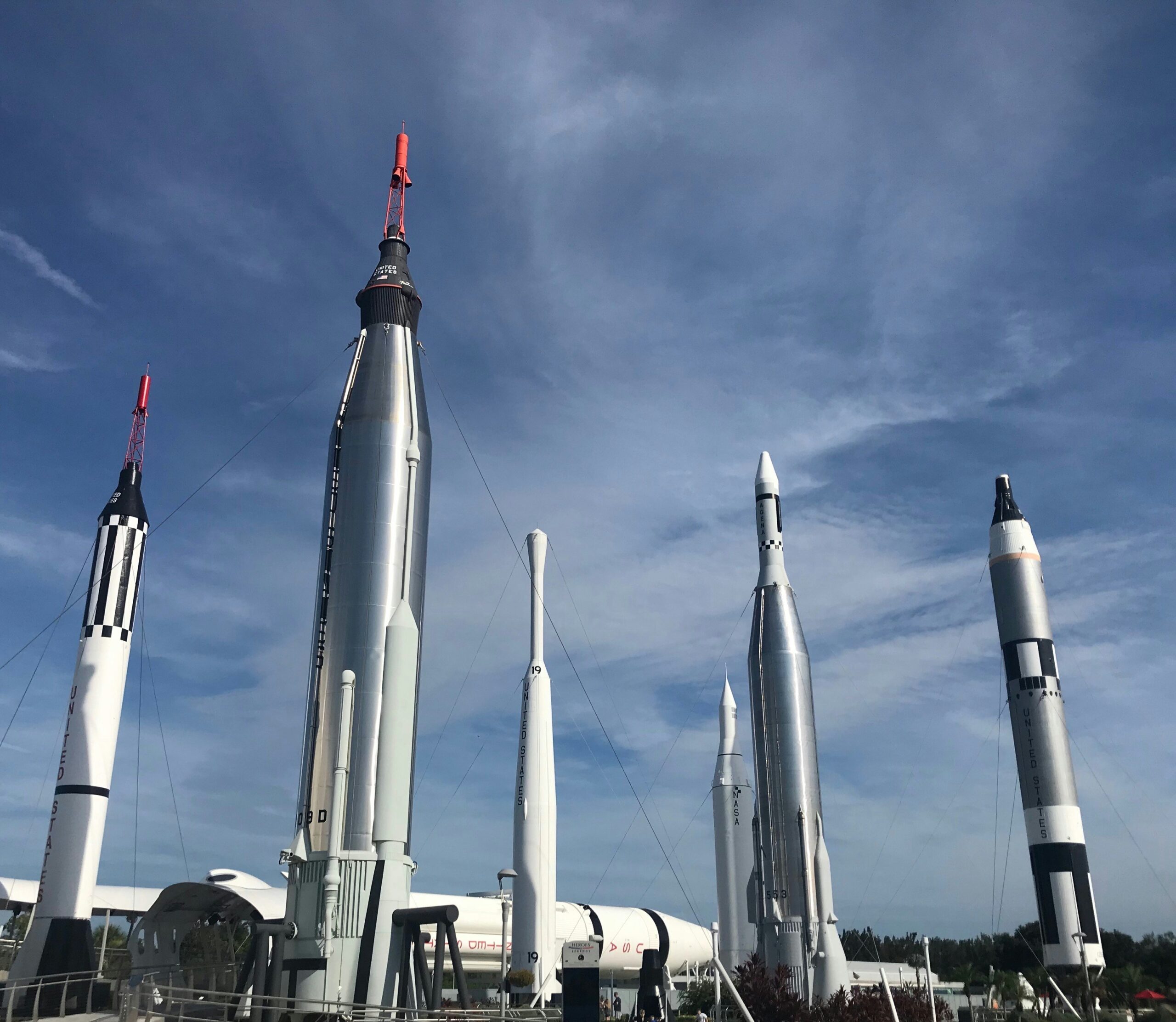The Pakistan Space Program, led by the Space and Upper Atmosphere Research Commission (SUPARCO), has been making significant strides this year, demonstrating a renewed focus on technology and international collaboration. From successful satellite launches to the monumental announcement of its first manned mission, the program is poised for a new era of growth and innovation. This article delves into the most impactful developments shaping the future of Pakistan’s presence in space.
Satellites for a Nation: A Focus on Earth Observation
A key highlight of the Pakistan Space Program has been the launch of new satellites with a strong focus on Earth observation and disaster management. In recent months, SUPARCO has successfully deployed several satellites, including a new remote sensing satellite from China’s Xichang Satellite Launch Centre. This satellite is designed to provide high-resolution, 24/7 imagery to support national priorities.
The timing of these launches couldn’t be more crucial. A SUPARCO official recently confirmed that the agency is actively using satellite mapping and real-time imagery to aid in relief and rescue operations during the recent devastating floods. This practical application of space technology underscores the program’s vital role in national security and disaster preparedness. According to a SUPARCO spokesperson, with two more Earth Observation satellites slated for launch by the end of the year, the Pakistan Space Program will be in an even stronger position to provide critical data to national institutions.
A Historic Leap: Pakistan’s First Manned Mission
Perhaps the most significant development for the Pakistan Space Program is the announcement of its first-ever manned mission. Following a landmark agreement with the China Manned Space Engineering Office (CMSEO), Pakistan has begun the process of selecting its first astronauts. This collaboration will see two Pakistani astronauts undergo specialized training in China, with one ultimately becoming the first foreign visitor to China’s Tiangong Space Station (CSS).
This agreement is a monumental step forward for the Pakistan Space Program, signifying a new level of bilateral cooperation with China and positioning Pakistan to become a space-faring nation with a human presence in orbit. The chosen astronaut will conduct scientific research and experiments aboard the CSS, opening up new avenues for Pakistani scientists in fields ranging from fluid mechanics to applied physics.

The Rise of Indigenous Technology
While international collaboration is a cornerstone of the Pakistan Space Program, there’s also a strong push for indigenous development. The launch of the PRSC-EO1 satellite is a testament to this, as it was the first satellite to be completely designed and built by SUPARCO engineers. This achievement marks a “giant leap forward” for Pakistan on its journey toward self-reliance in space technology.
Looking ahead, the Pakistan Space Program aims to develop its own satellite launch vehicles (SLVs) to reduce reliance on other states for satellite launches. This long-term vision, outlined in its Space Vision 2040 and National Space Policy, is a clear indicator of the program’s ambition to become a major player in the global space community.
Conclusion
The recent flurry of activity in the Pakistan Space Program signals a period of rapid advancement. From using satellites to aid in flood relief to a historic agreement for a manned mission, the program is not only achieving significant technological milestones but also demonstrating a direct, positive impact on the nation. The combination of strategic international partnerships and a growing focus on indigenous innovation makes the Pakistan Space Program a topic to watch in the coming years.
Sources:
- Arab News
- The Express Tribune
- The Daily CPEC
- The Friday Times


